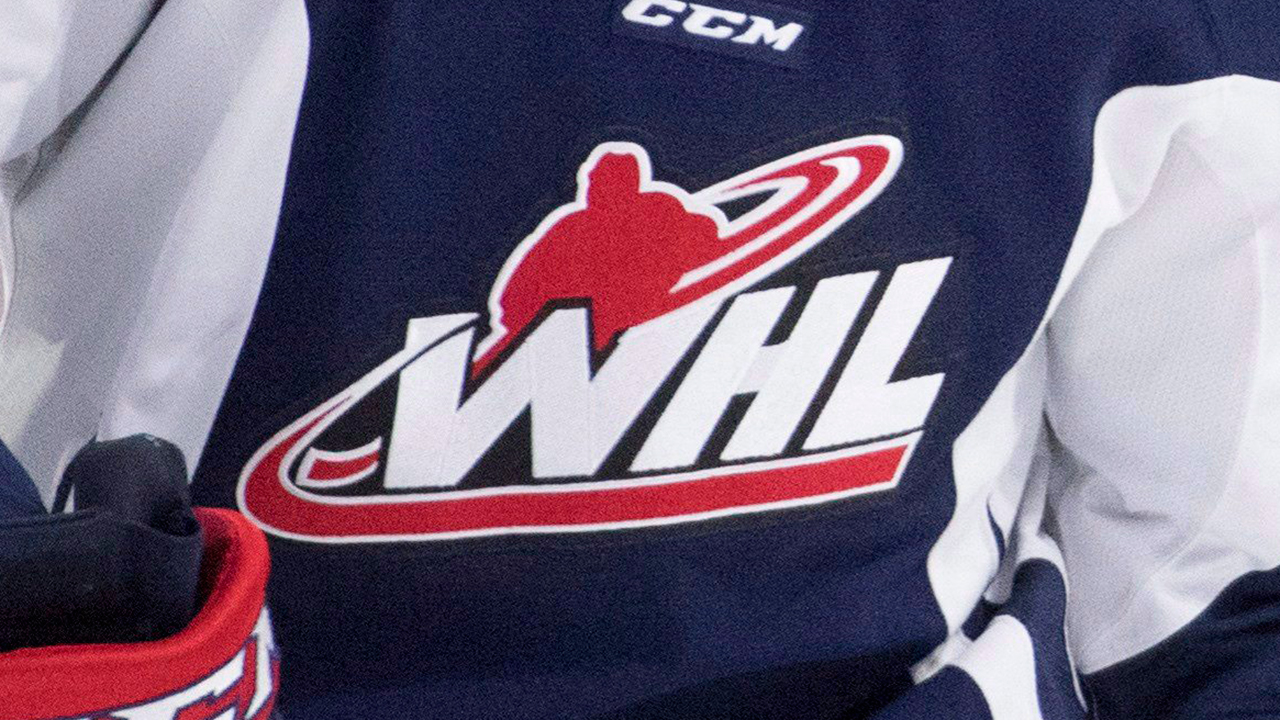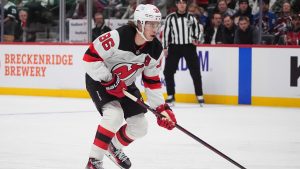On Jan. 13, 1968, Bill Masterton’s Minnesota North Stars were playing the Oakland Seals when the centre made a pass, took a hit from two players and fell awkwardly, hitting his head on the ice.
"We watched his head bounce," Ken Lindgren, a fan who was in attendance that night at the Met Center in Bloomington, told ESPN for a 2016 story by John Rosengren. "He didn't move after that. It got deathly quiet."
It was simply a hockey play. No malicious intent by the Seals players. Just an accident.
Almost 30 hours later, Masterton was dead, the swelling of his brain too much to overcome.
More than 55 years later, the hockey world can look back and say with good confidence that the helmet-less Masterton was a victim of bad luck and the absence of a single piece of equipment that is now standard across the game. A helmet may have saved his life that night.
It’s worth noting that while an award was created in Masterton’s honour the same season he died, it would take 11 years before helmets were made mandatory by the NHL, a rule that was grandfathered in from 1979.
On March 11, 2000, Bryan Berard was a 23-year-old defenceman with the Toronto Maple Leafs when the follow through of a one-timer by Senators forward Marian Hossa caught him in the face, rupturing his right eyeball.
Unlike Masterton’s accident, the game at Ottawa’s then-named Corel Centre was widely seen on television. Clips of Berard crumpled to the ice clutching his eye can still be found on the Internet. For those who were watching live, either at the rink or on TV, it was ghastly to witness.
“It was a freak accident,” Berard told ESPN for a 2016 story. “It's part of the sport. At that time, a lot of players didn't wear shields."
Berard was among those who did not have a visor, which is probably no surprise. At the time, the league was only three years removed from its last helmet-less player, Craig MacTavish, retiring. Visors were still optional, despite being mandatory at lower levels the players had come up through.
Berard was fortunate to keep his eye, but required multiple surgeries. And while he missed the following season, he managed to return to the NHL, telling ESPN that the lost vision in that eye limited his playing abilities to about 65-70 per cent.
"I would've liked to have seen where my career could have gone being healthy with two eyes," Berard said.
It would be 13 years before visors would become mandatory in the NHL. The same grandfather clause that allowed MacTavish and others to skip out on wearing a helmet was applied to the visor rule; there are currently six NHLers who still do not wear one: Jamie Benn (Dallas); Zach Bogosian (Tampa); Milan Lucic (Boston); Matt Martin (N.Y. Islanders); Ryan O’Reilly (Nashville); and Ryan Reaves (Toronto).
Again, the Berard incident was just a hockey play. No malicious intent. A freak accident.
Sandwiched between those two incidents, but well worth noting, was a game on March 22, 1989, between the visiting St. Louis Blues and the Buffalo Sabres.
Blues forward Steve Tuttle crashed the net, which Sabres goalie Clint Malarchuk was tending, making contact with Buffalo defenceman Uwe Krupp. In the collision, one of Tuttle’s skates caught Malarchuk in the neck, gashing his jugular. Blood spewed from Malarchuk’s neck, a sickening image captured on highlight reels that were widely viewed.
"All I wanted to do was get off the ice," said Malarchuk. "My mother was watching the game on TV, and I didn't want her to see me die."
Malarchuk survived and even played again 10 days later, an act that was much celebrated around the sporting world. But the incident left him suffering from post-traumatic stress disorder, as well as other issues, which he documented in his memoir The Crazy Game and recently discussed with The Athletic.
Crashing the net is a time-honoured tactic in hockey. Just a regular hockey play. Again, no malicious intent.
Malarchuk is not the only player to have his neck slashed by a skate in an NHL game. His is simply the most famous occurrence. Just 15 years ago, Richard Zednik had his neck cut by teammate Olli Jokinen's skate blade.
However, neck guards are still not mandatory equipment in the NHL.
The fact they are not is a hot topic around the league, in light of former NHLer Adam Johnson’s death on Saturday of a fatal neck cut from a skate blade while playing for the Nottingham Panthers during an Elite Ice Hockey League game in the United Kingdom.
Today, the players have a much bigger say in changes made to the game, especially when it comes to equipment. If neck guards are made mandatory in the NHL, it’ll be because the players' union signed off on it.
On Tuesday, NHL deputy commissioner Bill Daly said on NHL Network Radio that the league had reached out to the NHLPA “to kind of put this squarely on the radar screen.”
"I think it might be premature to say that’s gonna happen, but certainly it's something we're going to discuss, for sure," said Daly, when asked if the league would consider grandfathering in neck-guard rules, the same way it did for helmets and visors in the past.
Johnson’s name has now joined those of Masterton, Berard and Malarchuk on the list of hockey players associated with the game’s tragic, if not gruesome, history.
How the NHL and the players handle the neck-guard debate could well determine if anyone else is added to that list.




































COMMENTS
When submitting content, please abide by our submission guidelines, and avoid posting profanity, personal attacks or harassment. Should you violate our submissions guidelines, we reserve the right to remove your comments and block your account. Sportsnet reserves the right to close a story’s comment section at any time.